#califas
Explore tagged Tumblr posts
Text


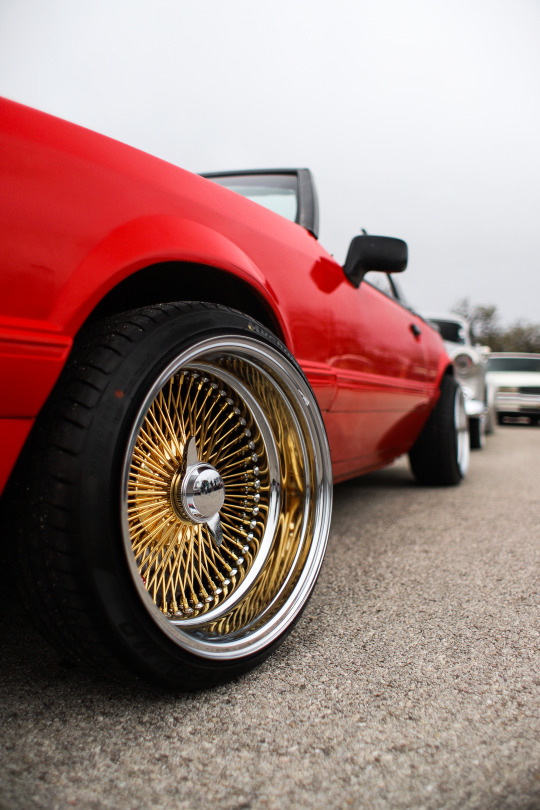






https://www.instagram.com/danielthatrillest
#houston#texas#photography#photoshoot#houston texas#cadillac#h town#cars#lowrdier#lowrider#la#los angeles#califas#california#daytons
42 notes
·
View notes
Text

Thai Beef, Baja Fish, and Al Pastor Tacos, MAs Taco Bar, Sacramento, CA
15 notes
·
View notes
Text
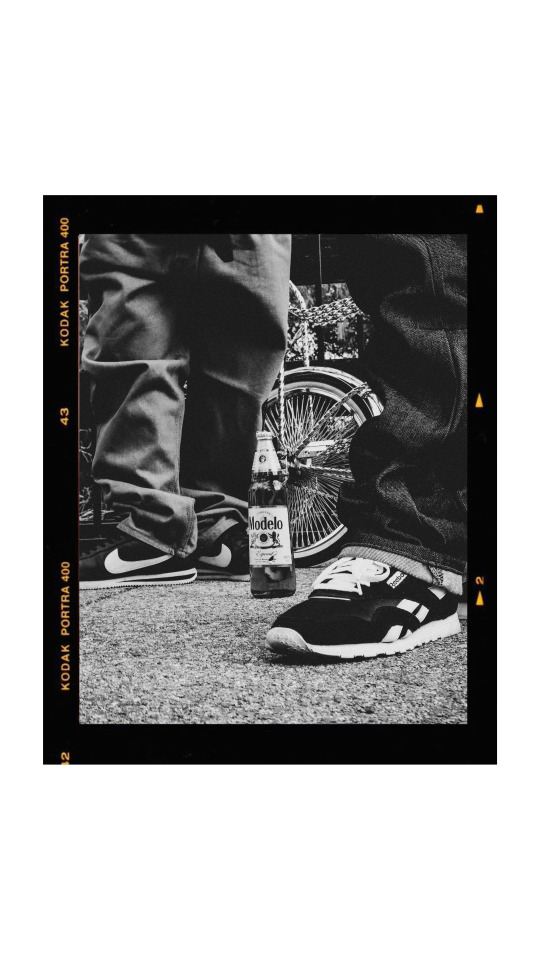
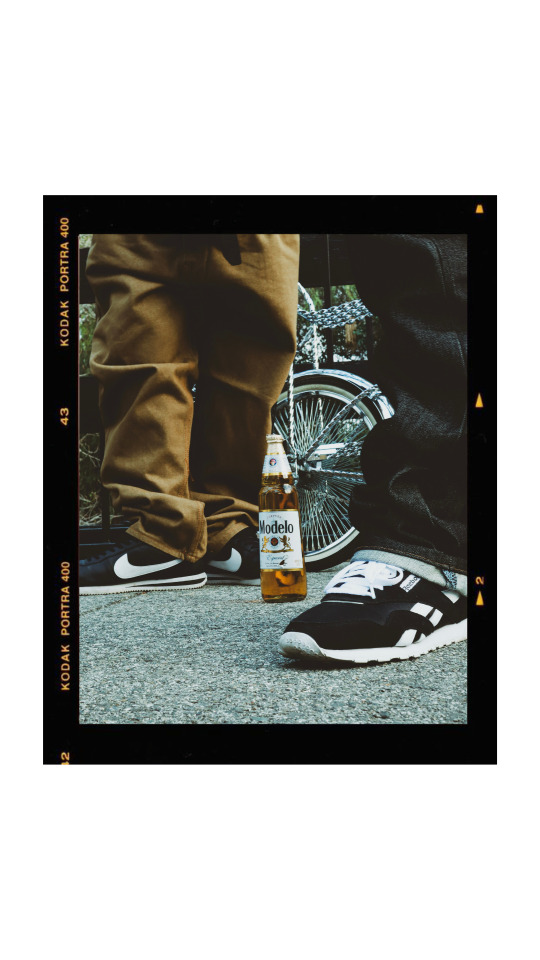
We do it differently on the West Coast.
6 notes
·
View notes
Photo
What a day…
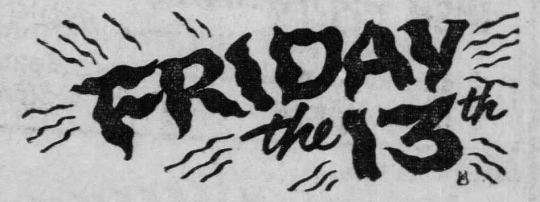
The San Bernardino County Sun, California, July 13, 1956
#friday the 13th#san bernardino#san verdugo#california#califas#ie#inland empire#gods and chaos#condemnation of the knights#betrayal by the 13th guest#campers beware#reblogged#yesterdaysprint
51K notes
·
View notes
Text
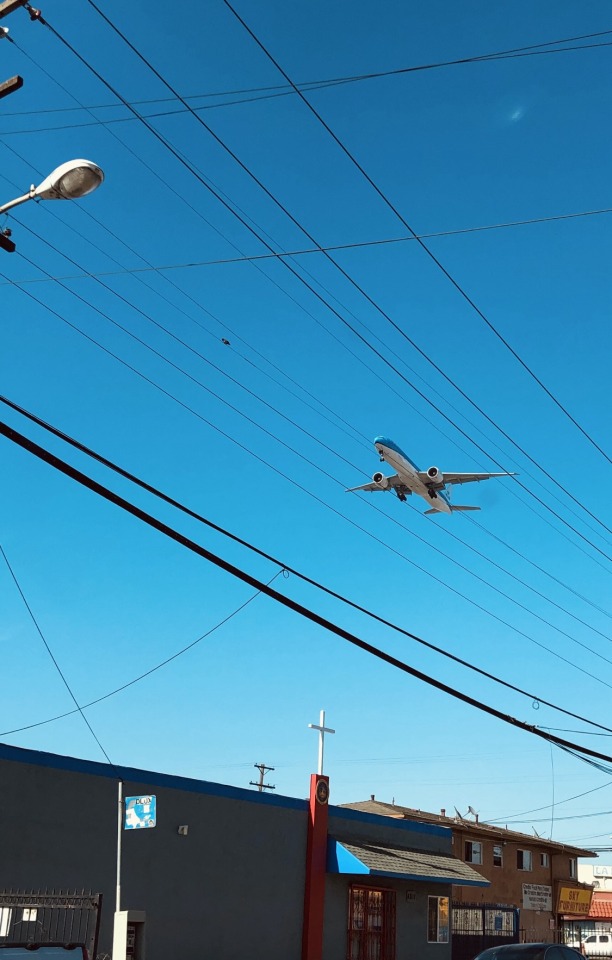
#california#san fernando valley#mine#818#west#shadow and bone#plane#travel#los angeles county#los angeles#Cali#califas#art#air#flight#sky#blue#life
1 note
·
View note
Text
[“Coming out was very lonely. I had very few friends. Most of the adult lesbians I knew were alcoholics, chronically unemployed, prone to violence, self-hating, apolitical, closeted, cliquish. Lesbians hated each other. If you found a lover you stopped going to the bar because you could not trust other lesbians; they would try to break up your relationship. My first woman lover went into the military, where she turned in other lesbians so she would not be exposed. One of my dyke friends got a job as a supervisor in a cabinet-making company and refused to hire lesbians because, she said, they were unreliable employees who were disliked by the other workers. The only thing that seemed worse to me than the apolitical lesbian community I came out in was the strangulation of pretending to be straight. I came out only because I could not go back; there was no place for me to stand in the het world. I was driven out.
Moving to San Francisco improved things somewhat. There was more public lesbian space there—six bars instead of one. But it did not alleviate the loathing with which my family viewed me. Nor was San Francisco in the early seventies any sort of gay utopia. We had no gay-rights law, queer bashing was a frequent event, and everyone had lost at least one job or been denied a place to live. It was a relief to be surrounded by other lesbian feminists, but only to a point. Bar dykes and feminists still had contempt for one another. Feminism rapidly became a way to reconstitute sexual prudery, to the point that it seemed to me that bar dykes were actually more accepting of and knowledgeable about the range of behavior that constituted lesbianism. In the bars or in the women’s movement, separatism was pretty much mandatory, if you didn’t want to get your ass kicked or be shunned. Separatism deteriorated into a rationalization for witch hunts in the lesbian community rather than a way for women to bond with one another and become more powerful activists. The lesbian community of that decade did terrible things to bi women, transgender people, butch/femme lesbians, bar dykes, dykes who were not antiporn, bisexual and lesbian sex workers, fag hags, and dykes who were perceived as being perverts rather than über-feminists. We were so guilty about being queer that only a rigid adherence to a puritanical party line could redeem us from the hateful stereotypes of mental illness and sexual debauchery.
What did I gain? I came a little closer to making my insides match my outsides, and that was no small blessing. The first time I met other dykes I recognized a part of myself in them, and knew I would have to let it out so I could see who I was. For a time, being a lesbian quieted my gender dysphoria because it made it possible for me to be a different kind of woman. That was an enormous relief.
For a long time, I hoped that by being strong, sexually adventurous, and sharpening my feminist consciousness, I could achieve a better fit between my body and the rest of me. Lesbianism was a platform from which I could develop a different sort of feminism, one that included a demand for sexual freedom and had room for women of all different erotic proclivities. I had a little good sex and discovered that I was not a cold person, I could love other people. It was as a lesbian that I began to find my voice as a writer, because in the early days of the women’s movement, we valued every woman’s experience. There was a powerful ethic around making it possible for every woman to speak out, to testify, to have her say. But there were always these other big pieces of my internal reality that lesbianism left no room for.
The first big piece of cognitive dissonance I had to deal with, in my second coming out, was S/M. I date my coming out as a leather dyke from two different decisions. One was a decision to write down one of my sexual fantasies, the short story that eventually became “Jessie.” At the time I wrote the rough draft of that story, I had never tied anybody up or done anything else kinky. I was terribly blocked as a writer. I kept beginning stories and poems that I would destroy. I have no idea if they were any good or not. My self-loathing was so intense, my inner critic so strong, that I could not evaluate my own work.
So I decided to write this one piece, under the condition that I never had to publish it or show it to another person. I just wanted to tell the truth about one thing. And I was badly in need of connecting with my own sexuality since I was in the middle of what would be a five-year relationship with a woman who insisted we be monogamous, but refused to have sex with me. So I wrote about dominance and submission, the things I fantasized about when I masturbated that upset me so much I became nauseated. Lightning did not strike. As I read and reread my own words, I thought some of them were beautiful. I dared show this story to a few other people. Some of them hated it. Some of them were titillated. Nobody had ever seen anything like it before. The story began to circulate in Xerox form, lesbian samizdat. I found the strength to defend my story when I was told it was unspeakable or wildly improbable.
In October of 1976, I attended a lesbian health conference in Los Angeles and went to a workshop there about S/M. In order to go to a workshop, you had to sign a registration sheet. I was harassed by dykes who were monitoring this space to see who dared sign up for that filthy workshop. On my way, I had to walk through a gauntlet of women who were booing and hissing, calling names, demanding that the workshop be canceled, threatening to storm the room and kick us all out of the conference. The body language and self-calming techniques I had learned when I had to deal with antigay harassment on the street came in very handy, but how odd it was to be using those defenses against the antagonism of other dykes. Their hatred felt like my mother’s hatred. I am so glad I did not let it stop me.
When I got home from that workshop, I knew that I was not the only one. Not only were there other lesbians who fantasized about sadomasochism, there were women who had done these things with each other. I decided to come out again. If there were other leather dykes in San Francisco, they had to be able to find me, so I had to make myself visible. This meant that I often did not get service at lesbian bars, or I was asked to leave women-only clubs and restaurants. I was called names, threatened, spit at. I got hate mail and crank calls. But I also found my tribe. And because I had already experienced my first coming out, I knew we were not going to be an ideal, happy family. I could be more patient with our dysfunctions, and see them as the result of being scared, marginalized, kicked around. Being a leather dyke took me another step closer to dealing with my gender issues. I could experiment with extreme femme and extreme butch drag; take on a male persona during sex play. I gave up separatism because I needed to take support from any place where it was available. Gay men already had a thriving leather culture, and I wanted to learn from them. I also wanted to have sex with them. It still wasn’t okay as far as lesbian feminism was concerned to be bisexual, to be transgendered, but I could bring those folks into my life and make alliances with them. I could defend them in print. There was even more good sex, and people who loved me and received my love despite the fact that it was dangerous for us to show ourselves to one another. I faced my sexual shadow, and she bowed to me and then danced beautifully in profile against the white walls of my consciousness. My writer’s voice was unlocked.”]
pat califa, from layers of the onion, spokes of the wheel, from a woman like that: lesbian and bisexual writers tell their coming out stories, 2000
#pat califa#bi literature#lesbian literature#trans literature#history stuff#gender stuff#terra preta
1K notes
·
View notes
Photo
Tell me what you want ! What you really really want
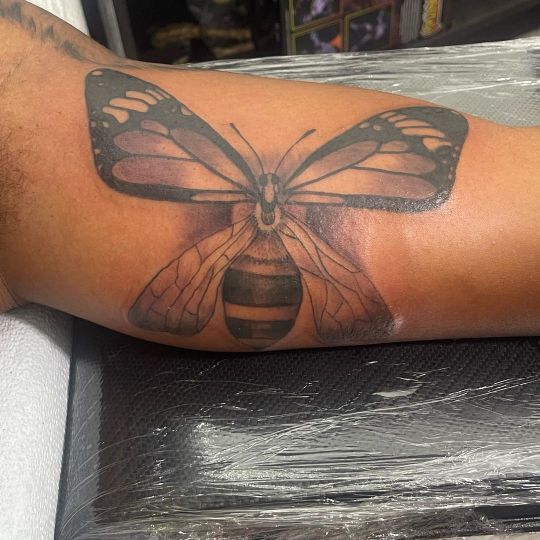
Mariposa y abeja #bee #rastattoos#Califas #haydios#haydiosmio#yake#awuevo#cali#armtattoos#butterfly#ingaturroña #ingesu #yake#abejas#mariposa (at Long Beach, California) https://www.instagram.com/p/CeT8PVAppkq/?igshid=NGJjMDIxMWI=
#bee#rastattoos#califas#haydios#haydiosmio#yake#awuevo#cali#armtattoos#butterfly#ingaturroña#ingesu#abejas#mariposa
2 notes
·
View notes
Text



el califa de león - der taco stand mit einem michelin stern, der sitzplätze im bekleidungsgeschäft daneben angemietet hat.
#fuji x100v#fujixseries#photography#photooftheday#photographers on tumblr#original photographers#mexico#mexiko#travel#reisen#cdmx photos#cdmxlife#méxico cdmx#cdmx#El califa de Leon#tacos#street food#street tacos
10 notes
·
View notes
Text

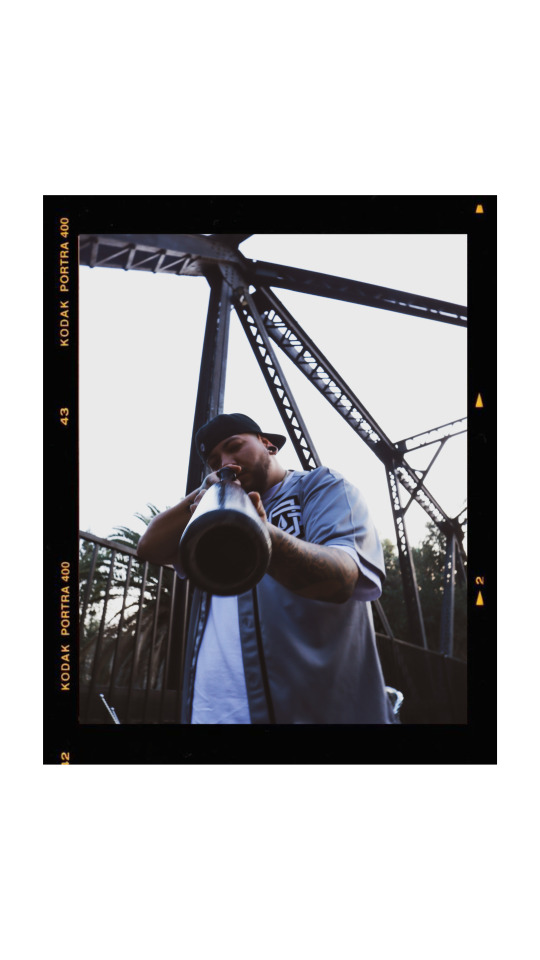
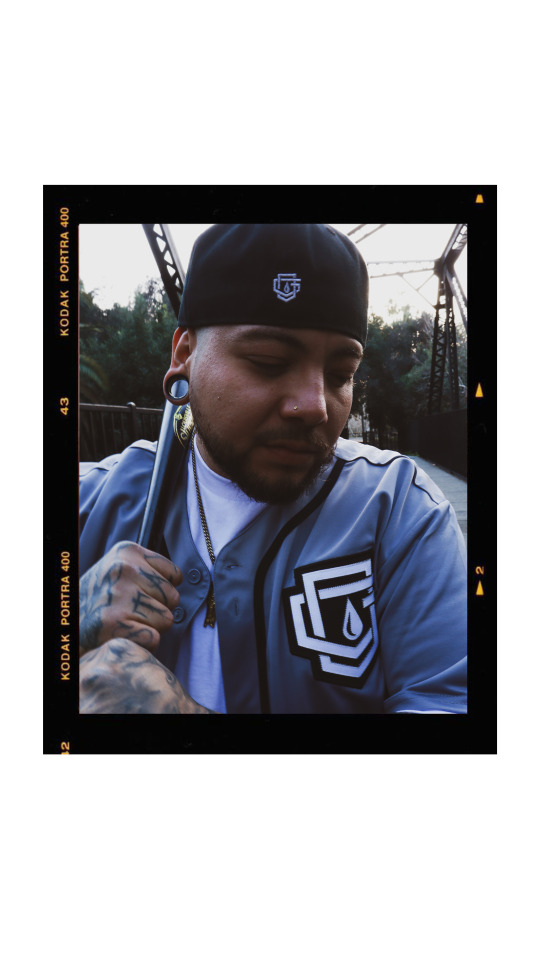
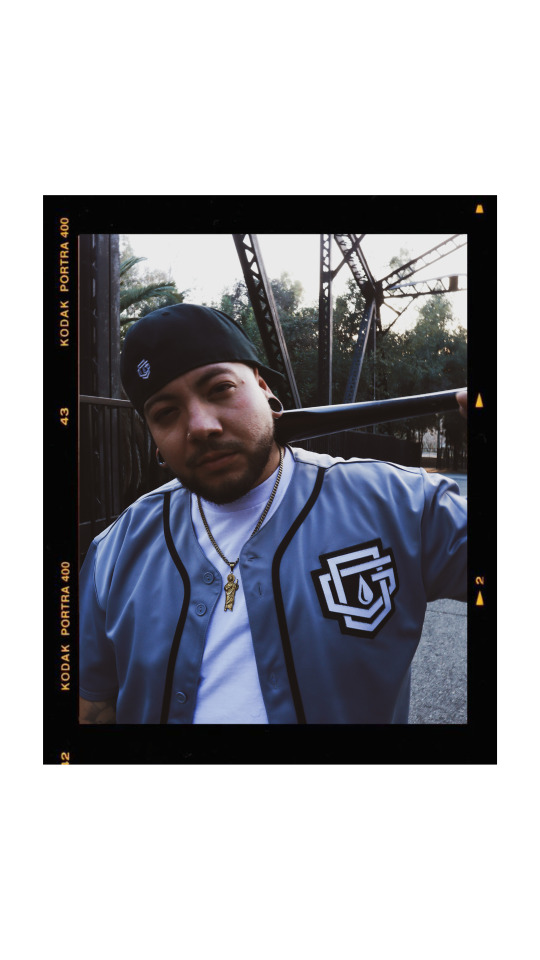
4 notes
·
View notes
Text

Very simple Califa render - but wanted to stretch out her gorgeous legs!
Get weekly sketches for $2 per month! - Check out my stickers!
#ocs#califa#pdc#purple dragon clan#dnd#dungeons and dragons#centaur#allie#if you read these tags#know that every time i draw her#i think of you#and the gift you gave me by allowing her to exist
11 notes
·
View notes
Text
i love being a man w a vagina i fucking love it
7 notes
·
View notes
Text
[“The fact that my body has become a source of at least as much misery as pleasure has paradoxically made it easier for me to stop calling myself a lesbian and use the term bisexual instead. I just don’t have the energy any more to hold up facades. Back in 1971, I initially told people I was bisexual, but discovered this meant that straight people saw me as a heterosexual who occasionally dabbled in not-very-serious sex with “other girls,” while gay people saw me as a dyke who hadn’t come all the way out of the closet yet. Nobody trusted me, and nobody would dance with me. In 1980, when Sapphistry was about to be published and my first article about lesbian S/M appeared in The Advocate, I said in that article that if I had a choice between being marooned on a desert island with a vanilla dyke or a leather boy, I would take the boy. I got an extremely irate phone call from Barbara Grier, owner of Naiad, the company that was going to publish Sapphistry, informing me that they did not publish books by bisexual women, and if that was what I was, she would yank the book. Already in the midst of a firestorm about being public as a sadomasochist, I acquiesced, and delayed this coming out by another twenty years. I became “a lesbian who sometimes has sex with men.”
I still think this is a valid category, and remain unconvinced that the most important thing you can know about someone’s sexuality is the preferred gender of their partner. But today I’d rather not argue about it. I need to keep things as simple as possible. Bisexual people are still being excluded from the gay community’s cultural and political life. And I find myself being personally affected by that exclusion. It hurts me and makes me angry in a way that it would not, I think, if I were not on some level affiliated with bisexuals. I would rather stand with a group of people who don’t expect me to turn myself into a pretzel to explain what makes my dick get hard. This doesn’t mean I think it’s wrong or passé to be a Kinsey 6. But I do think a quest for purity of any sort is almost always morally dangerous.
Being more open about having sex with men has brought my own gender dysphoria to the fore. When I put my body up against a male body, what I notice is how hard it is for me to feel connected to my own flesh. Even more important has been the experience of loving someone who is a female-to-male transsexual (FTM), my domestic partner, Matt Rice. I knew Matt before he transitioned, and it has been such a positive change for him. By taking testosterone and getting chest surgery, he not only allowed himself to become and live as a man, he became a much better person—kinder, more patient, happier, sexier, sweeter. (Although he still won’t suffer fools gladly.) The fact that Matt has managed his transition with this degree of success gives me hope that I might be able to find a less distressing place for myself. I expect, like any other coming out, this will have its shitty aspects. But I think it will also create a greater sense of freedom and comfort.”]
pat califa, from layers of the onion, spokes of the wheel, from a woman like that: lesbian and bisexual writers tell their coming out stories, 2000
508 notes
·
View notes
Text
Sanji the cia agent damn.
#they are making him the king of entrances lmao with the prince stuff and this... he is serving too much#sanji nearly dies and chokes from imagining himself and robin together as prince and princess..... i retract my preivous statement#usopp doesnt have 8000 men but he has sanji and that is enough. he should be grateful#i hope the frog stops the train this time. lets go frog#rucci just called califa an idiot.... boy shut it up!!!!#i think the people that were chasing them calling out for zoro and luffy isnt very smart..... idk man they might hide idk#talking tag#watching one piece#episode 252#and again luffy is stuck in between two buildings#zoro in a chimney..... alas....#this is so funny. sanji hoping they know about the train leaving... they are stuck sanji...... they know their names and fuck all else
9 notes
·
View notes
Text

3 notes
·
View notes
Text
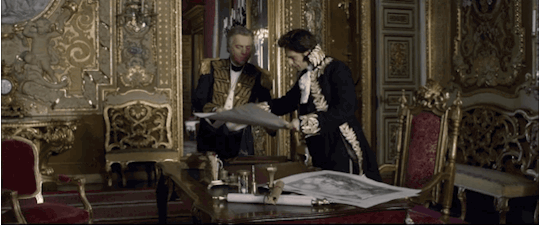
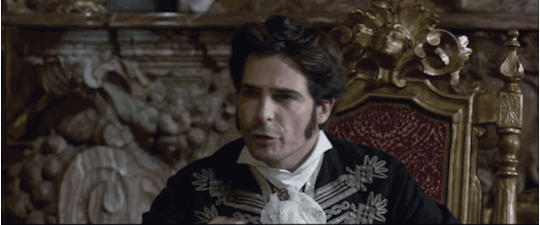



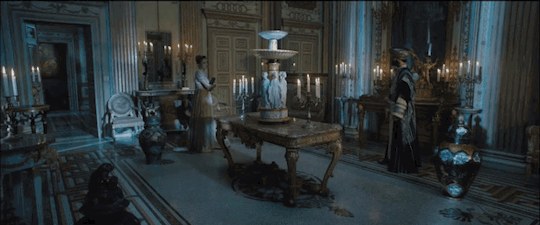

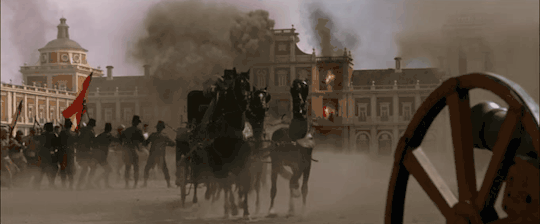
De Sable et de Feu (2019)-dir. Souheil Benbarka
#de sable et de feu#sand and fire#sabbie e fuoco#el sueño del califa#period dramas#films#el sueño envenenado#souheil benbarka#marco bocci#rodolfo sancho#carolina crescentini#manuel godoy#ali bey#domingo badía#hester stanhope#gifs
18 notes
·
View notes